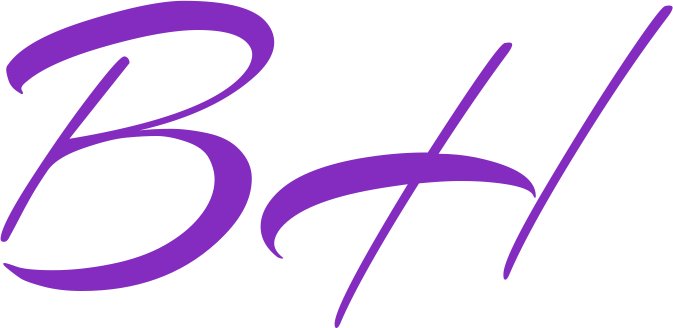Writing copy that succeeds
Most professionals agree that a good written sales document can help sell products or services. There is often less agreement about what 'good' means, and how to achieve it. Writing that sells is more than simply putting words on paper.
Good writing for the purpose of selling starts with your product, service or idea, and ends with two things: your customer buying it, and your company making a profit on the sale. It is sometimes called copywriting, because it combines 'copy' (text) with 'writing' (design and production). But remember that writing that sells encompasses far more than just words. Here's how you can guarantee that any written material developed to sell will be worth the effort.
Step 1: Know your product and its purpose
Any document that is designed to sell a product or service should always start with the product. Why do you manufacture this item? Who will use it? What difference will it make if they buy it? How can customers benefit from buying your product rather than a competitor's (if there is one)?
Step 2: Know your target customer Your next step is to know your customer . Who uses, or may use, this product? Consider age, sex, income level and status (what does the person do for a living?). How does he feel about himself and his life? What motivates him to buy a product such as this?
Step 3: Focus on benefits and features. Define your product's key benefits and features. Every product (even consumer goods) has a reason for being. What is it? How does it differ from other products on the market? Can your customer imagine what these differences will mean in her life?
Step 4: Plan to get attention. Your next task, if you are planning to write directly for the consumer market, is to design a short piece (one page long) that grabs the reader's attention. You want her to read it! Your best tool may be an opening paragraph that uses colorful language or startling statistics to draw her in. Will your product save money? If so, how much are you prepared to say about this? In every case, you want your customer to believe that by buying your product they will solve a problem.
Step 5: Plan the body of the material The next step is to design the body of the document – what it says and how it looks. Clearly, you should have information about this part of your written sales message down pat before you begin writing. Chances are, the information here will be your brochure, flyer or pamphlet (digital or otherwise).
Step 6: Plan the order of sections and paragraphs What is the best way to present your ideas? Maybe you will use bullets (short sentences or phrases) for a list of features. Or perhaps you want to show benefits first, and then explain how they work. If you are using a brochure format, perhaps your best bet is to start with benefits and then move on to list the product's features. Either way, be sure that each point you make supports the other points and helps sell your product.
Step 7: Design an eye-catching title. Now that you have all of this information down pat, your next consideration is to create a title that speaks directly to your readers' interests and concerns. You want the headline to grab attention, but not so much that it turns people off (such as: "Warning – Don't Buy This Product!"). Make sure you test different titles with your target market .
Step 8: Plan the first paragraph of your sales message. You'll want to design the first paragraph of your copy so that it gains your reader's attention and then moves from one specific insight (that might be a benefit) into the next related point.
Step 9: Design the closing paragraph of your sales story . Finally, finish with a strong closing paragraph. Will this product make your reader feel happy, equal to others, more in control of their life? What is the positive outcome that you are seeking?
Step 10: Use active language. The final key to creating compelling copy is to use strong verbs (not "is" or "are") at every point to describe what your customer will gain by buying this product.
The bottom line is that if you follow these steps and study the writing of copy for sales, you'll learn how to give a boost to your own career as a technical writer. Always keep in mind that each product or service has its own special characteristics. The key is to recognize this from the start, so your written materials are not just sales copy, but effective sales copy.


